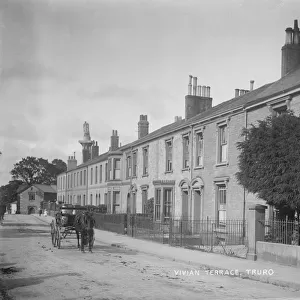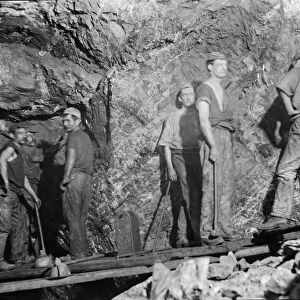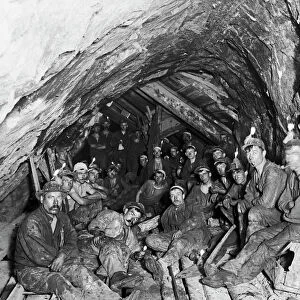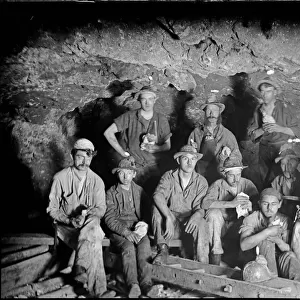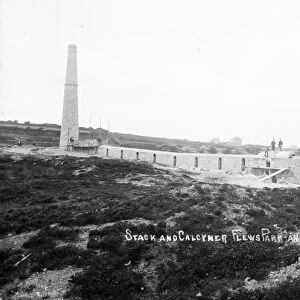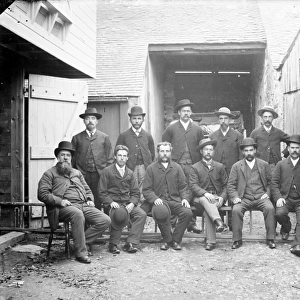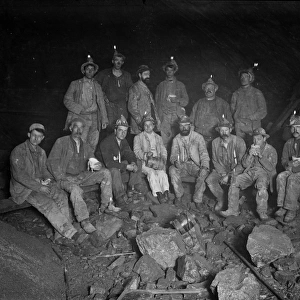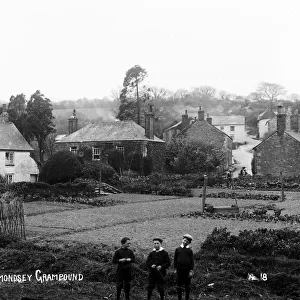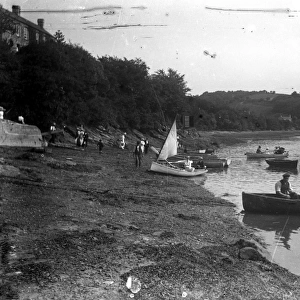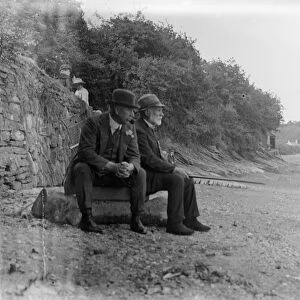Rights Managed > Royal Cornwall Museum > Fine Art
John Vivian of Pencalenick, John Opie (1761-1807)
Filename: TRURI-2001-12-1.tiff
Size: 2617 x 3170 (2.3MB)
Date: 13th May 2019
Source: Royal Cornwall Museum
County: Cornwall
Location Name: England
© RIC
![]()

Wall Art and Photo Gifts from Royal Cornwall Museum
John Vivian of Pencalenick, John Opie (1761-1807)
Oil on canvas, English School, around 1780. A portrait of a young John Vivian of Pencalenick (1772-1817). Vivian later became a Barrister and was High Sheriff of Cornwall in 1812. John Opie was born in Harmony Cottage, Trevellas, between St Agnes and Perranporth in Cornwall. He was the youngest of the five children of Edward Opie, a master carpenter, and his wife Mary (nee Tonkin). He showed a precocious talent for drawing and mathematics, and by the age of twelve he had mastered the teachings of Greek mathematician Euclid and opened an evening school for poor children where he taught reading, writing and arithmetic. His father, however, did not encourage his abilities, and apprenticed him to his own trade of carpentry. Opies artistic abilities eventually came to the attention of local physician and satirist, Dr John Wolcot (who used the pen name Peter Pindar), who visited him at the sawmill where he was working in 1775. Recognising a great talent, Wolcot became Opies mentor, buying him out of his apprenticeship and insisting that he come to live at his home in Truro. Wolcot provided invaluable encouragement, advice, tuition and practical help in the advancement of his early career, including obtaining many commissions for work. In 1781, having gained considerable experience as a portraitist travelling around Cornwall, Opie moved to London with Wolcot. There they lived together, having entered into a formal profit-sharing agreement. Although Opie had received a considerable artistic education from Wolcot, the doctor chose to present him as a self-taught prodigy; a portrait of a boy shown at the Society of Artists the previous year, had been described in the catalogue as " an instance of Genius, not having ever seen a picture." Wolcot introduced the " Cornish wonder" to leading artists, including Sir Joshua Reynolds, who was to compare him to Caravaggio and Velazquez
Royal Cornwall Museum is the UK's Greatest Museum For Cornish Life & Culture
TRURI : 2001.12.1
Media ID 18986519
© RIC
Artist Artwork Black Century Child Cornwall Costume Cream Face People Portrait Truro Waistcoat White Yellow 18th Buttons Eighteenth Shirt Skin
EDITORS COMMENTS
This print showcases the remarkable portrait of John Vivian of Pencalenick, painted by the talented English artist John Opie around 1780. The young John Vivian, depicted with an air of confidence and intelligence, would later go on to become a Barrister and serve as High Sheriff of Cornwall in 1812. Opie's own journey to artistic success is equally fascinating. Born into a humble carpenter's family in Harmony Cottage, Trevellas, Cornwall, he displayed exceptional talent for drawing and mathematics from an early age. Despite his father's reluctance to nurture these abilities, Opie's potential was recognized by Dr John Wolcot (known as Peter Pindar), a local physician and satirist. Wolcot became Opie's mentor and provided him with invaluable support and opportunities for growth. In 1775, Wolcot bought Opie out of his apprenticeship as a carpenter and invited him to live in Truro. Under Wolcot's guidance, Opie honed his skills as a portraitist while traveling throughout Cornwall. In 1781, accompanied by Wolcot, Opie made the bold move to London where they lived together under a profit-sharing agreement. Although he had received formal education from Wolcot himself and gained recognition from esteemed artists like Sir Joshua Reynolds who compared him to Caravaggio and Velazquez; Opie was presented as a self-taught prodigy. This extraordinary print not only captures the essence of young John Vivian but also serves as a testament to the power of mentorship and determination that propelled both Vivian's legal career and Opie's rise within the art world.
MADE IN THE USA
Safe Shipping with 30 Day Money Back Guarantee
FREE PERSONALISATION*
We are proud to offer a range of customisation features including Personalised Captions, Color Filters and Picture Zoom Tools
SECURE PAYMENTS
We happily accept a wide range of payment options so you can pay for the things you need in the way that is most convenient for you
* Options may vary by product and licensing agreement. Zoomed Pictures can be adjusted in the Cart.


